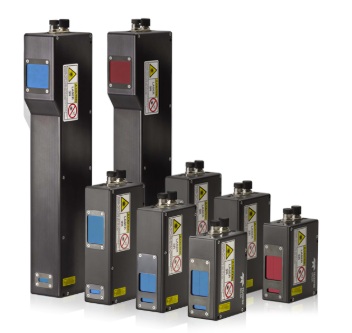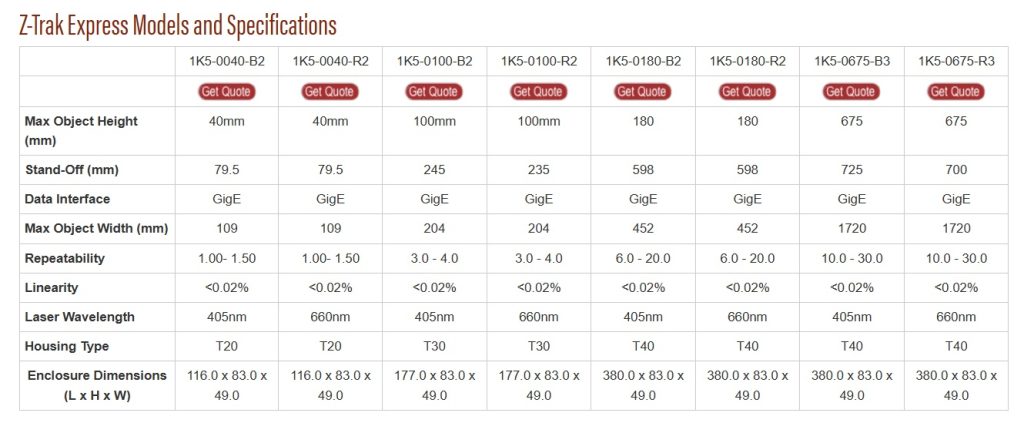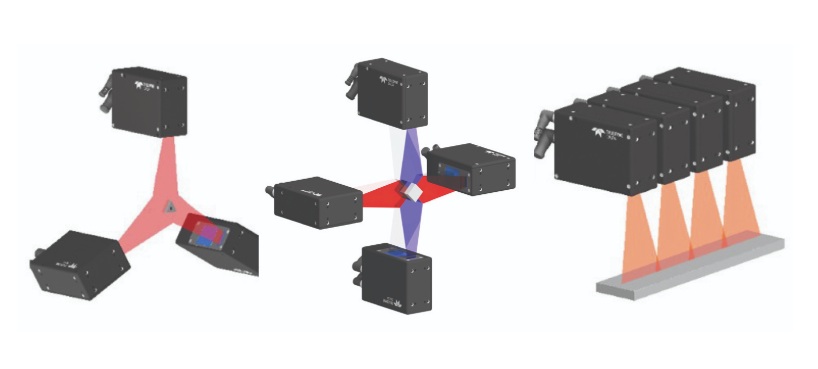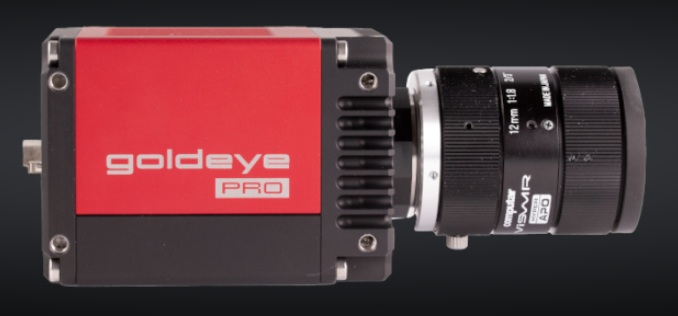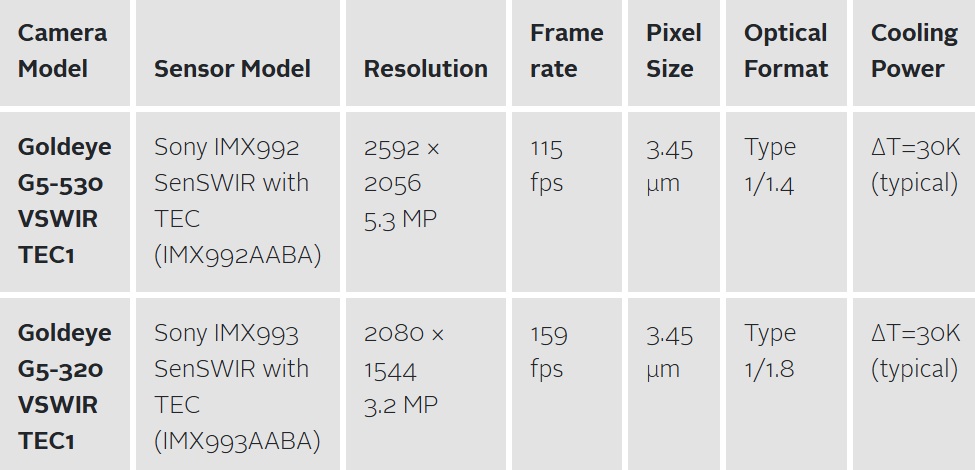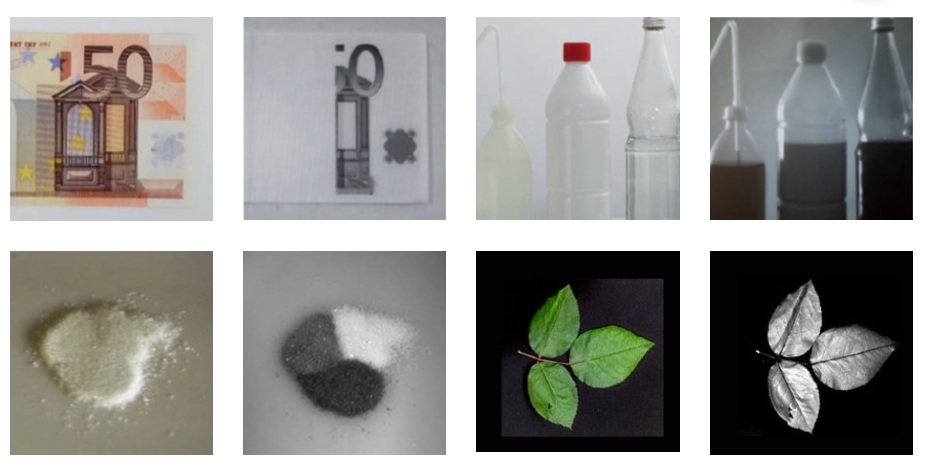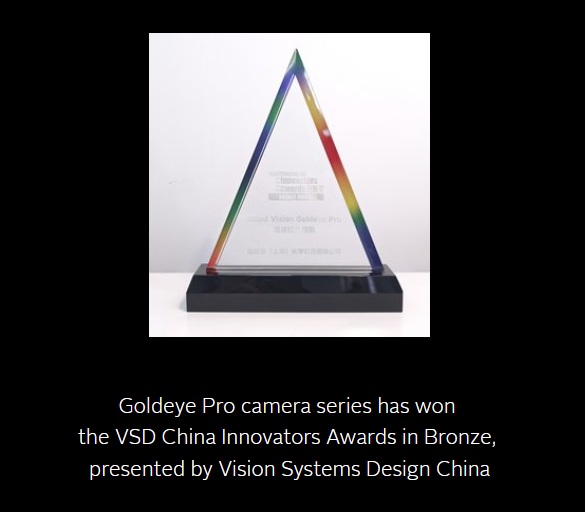How to speed up image processing
Since 1994, Gidel has been a leading provider of high-performance FPGA-based imaging and vision solutions. Their product offerings are engineered for data-intensive applications that demand real-time processing and minimal latency.
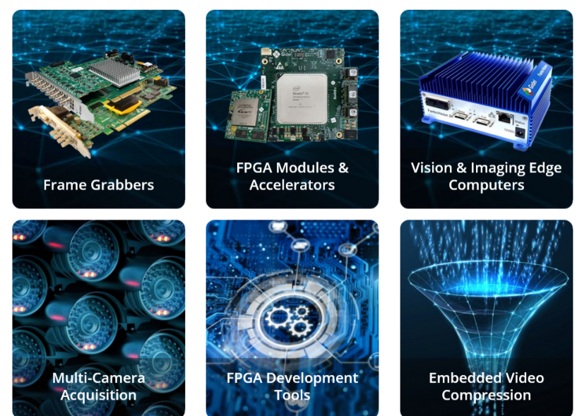
For high-end vision and imaging applications, compression, and HDR
…. for light-weight applications with fewer demands you may not need Gidel’s products.
Below is an overview of Gidel’s high-performance products.
For high-performance frame grabbing or FPGA-processing
… for superior throughput and pre-processing to reduce data load, you absolutely might need Gidel
Example application: Traffic monitoring with 12x 10GigE cameras
Conventional approach: Multiple computers needed to handle the data volume, and the need to coordinate them in a managed solution
With Gidel’s FPGA-based GigE parsing: Single computer solution is possible
Another example: Aerial imaging with FPGA processing:
Conventional approach: Raw image data provided “as is” to host PC and software, then “good luck” from there
With Gidel HDR processing: FPGA in framegrabber does HDR enhancement before passing to host PC

FPGA Accelerators and development tools
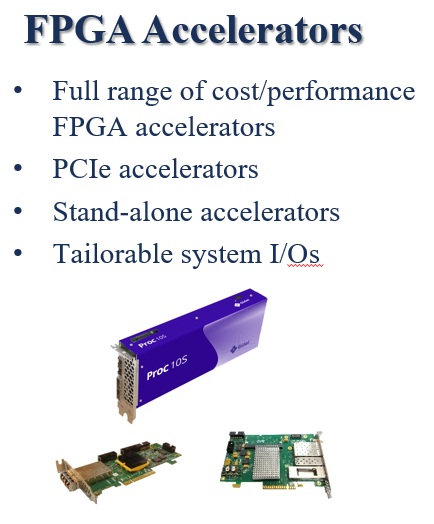
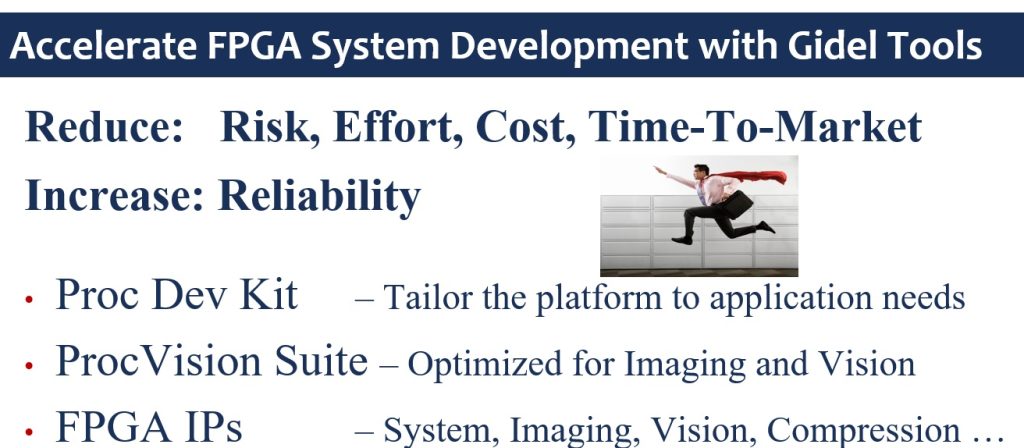
Robust off-the-shelf and ready-to-use solutions
Accurate triggering despite velocity instability
Ideal when: precise timing must be maintained even when speed varies
Example application: Rail inspection – the rail car on which the inspection system is mounted moves at the variable speed of the train, but track inspection must be continuous at defined minimum intervals.
Real-time data reduction and optimization
- Compression — Ideal for recording, streaming, and cloud-based AI workflows
- Feature extraction — Common in machine vision to minimize readout and host processing by focusing only on relevant image regions
- HDR processing — Converts 10–16-bit input to 8-bit output in real time
- Parallel operation —Simultaneous binning and full ROI processing for efficient mixed-resolution acquisition
Note: Early or crude attempts at compression reduced data volumes but at the cost of quality, struggling for images that were “good enough”. High-quality compression and feature extraction achieve both goals.
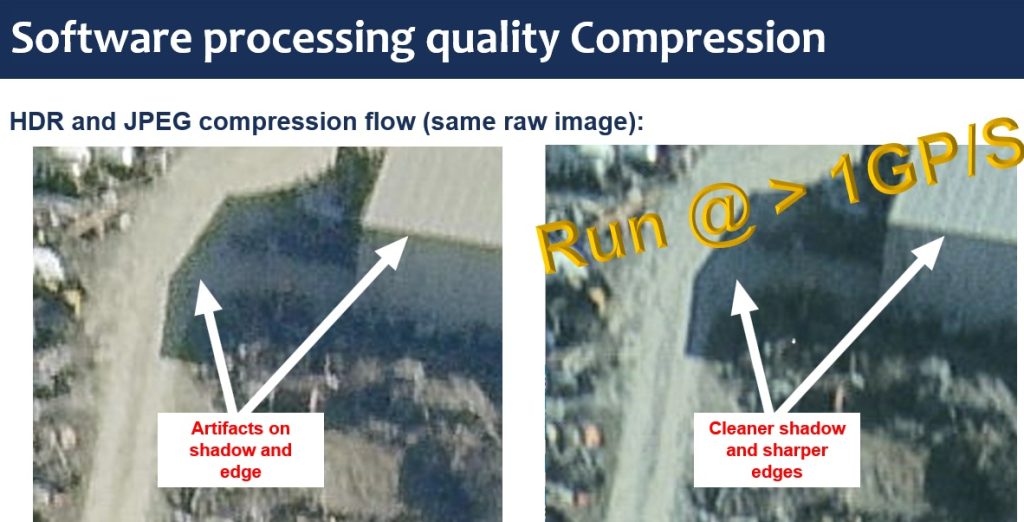
– Courtesy Gidel
FantoVision Edge Computers
First a one paragraph tutorial on edge computing: By putting computing power closer to the source (in this case one or more digital cameras), helpful processing adds value and either “makes the decision at the edge” and/or reduces data volumes that need transmitting to the central host PC.
For high-bandwidth applications. Integrate high-end image acquisition with real-time image processing and/or compression.
Powered by a Nvidia Jetson™ embedded computer with optional pre-processing and compression capabilities.
With Gidel’s InfiniVision™ open frame grabber flow, over 100 sensors can be simultaneously synchronized and processed.
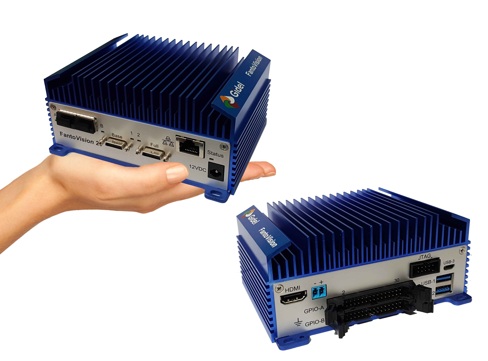
Modular and customizable variants also available
… for those who want flexibility to extend and tailor beyond the off-the-shelf solutions
e.g. Replace the need to build your own frame grabber — Gidel allows you to implement and control your acquisition interface directly in the FPGA.
Other applications: Food processing
Low-latency inline execution – since decisions must happen within milliseconds
Also:
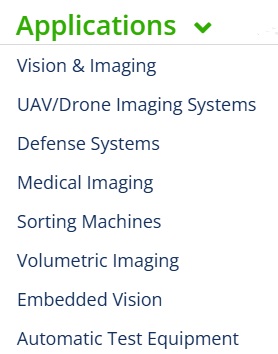
Most-recent award
Gidel’s Quality+ Compression technology has been named one of the Top 10 Innovations of 2025 by inVISION Magazine. Achieve 1:10 compression ratios while preserving the original image quality, ensuring critical details remain intact for applications where lossless accuracy is essential. Latency under a single frame, processing over one GB Pixels/sec.
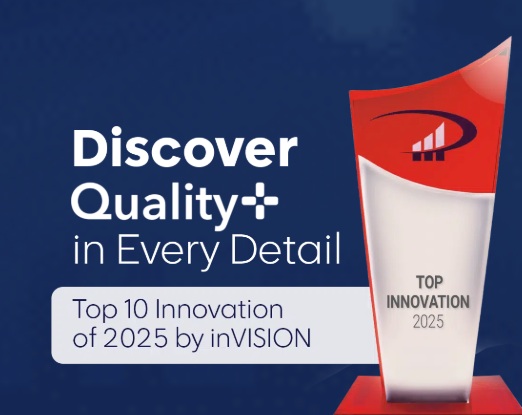
Complex products… happy to guide you
Due to their high-performance, it’s not so easy to illustrate everything these Gidel products can do with a simple overview. One needs to dig into spec sheets and look at details – if you want a bottom up approach. Alternatively, tell us about your application, and we do a top-down analysis to guide you to a solution with optimal cameras, grabbers, computers, and tools. Whether by phone at 978-474-0044, or by web-form below, we’re happy to advise.
1st Vision’s sales engineers have over 100 years of combined experience to assist in your camera and components selection. With a large portfolio of cameras, lenses, cables, NIC cards and industrial computers, we can provide a full vision solution!
About you: We want to hear from you! We’ve built our brand on our know-how and like to educate the marketplace on imaging technology topics… What would you like to hear about?… Drop a line to info@1stvision.com with what topics you’d like to know more about.
#framegrabber
#FPGA
#edge computing
#video compressoin


